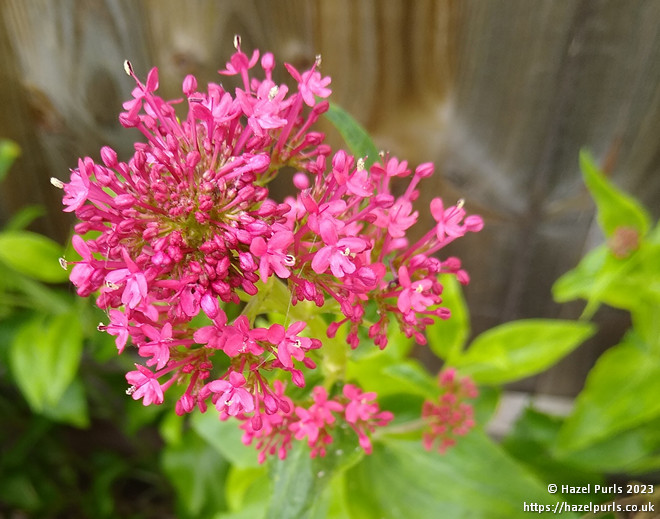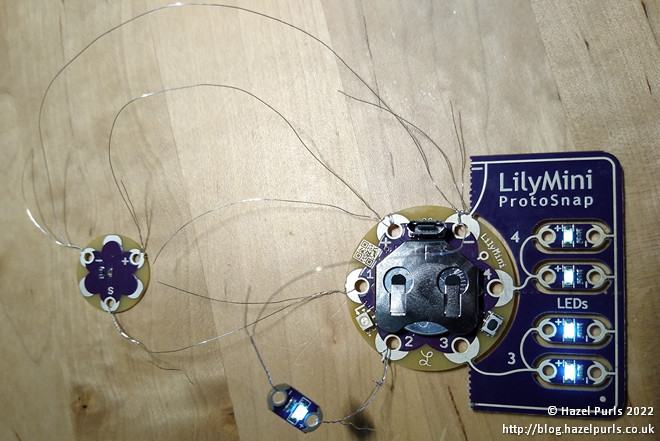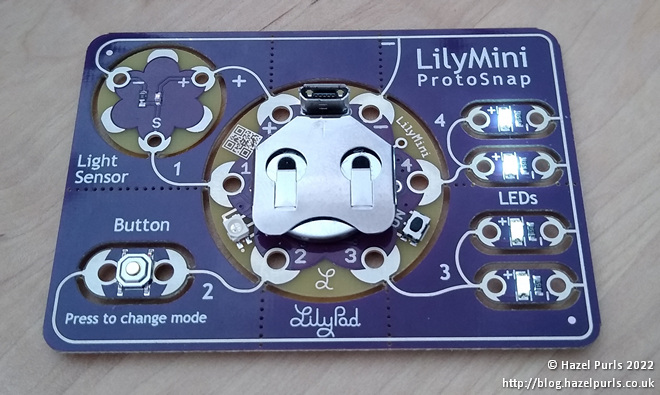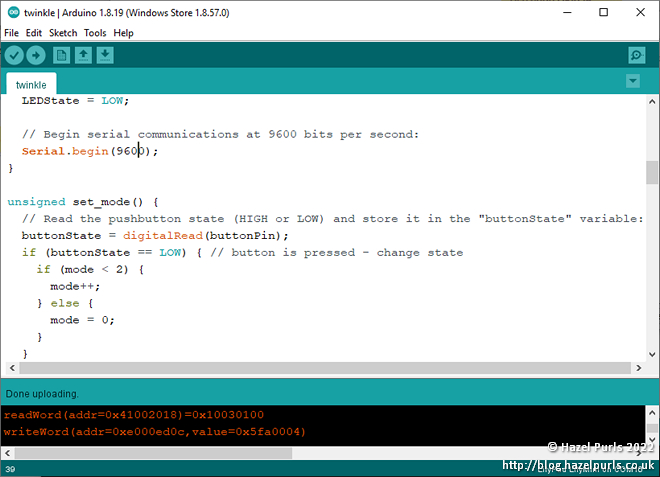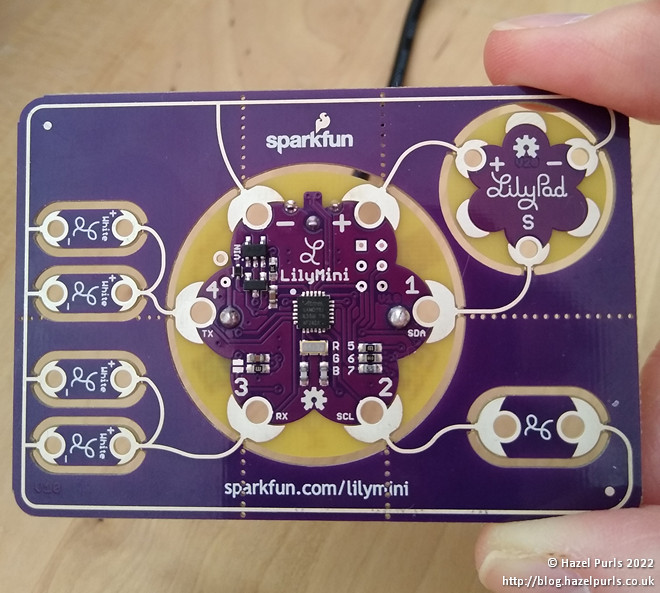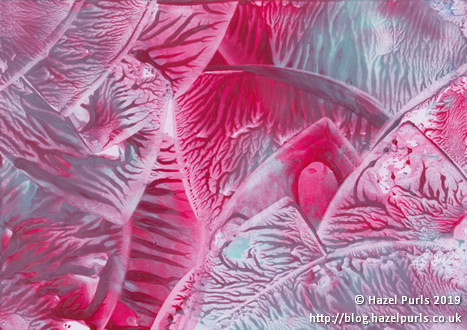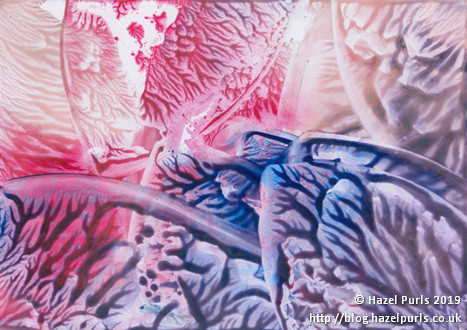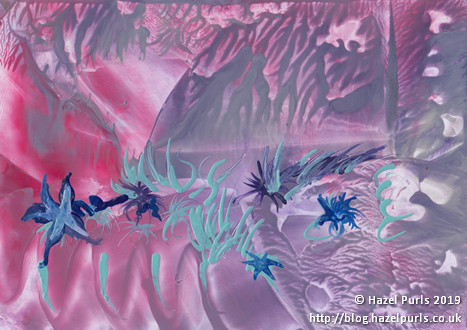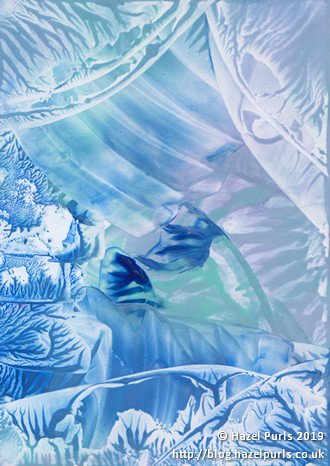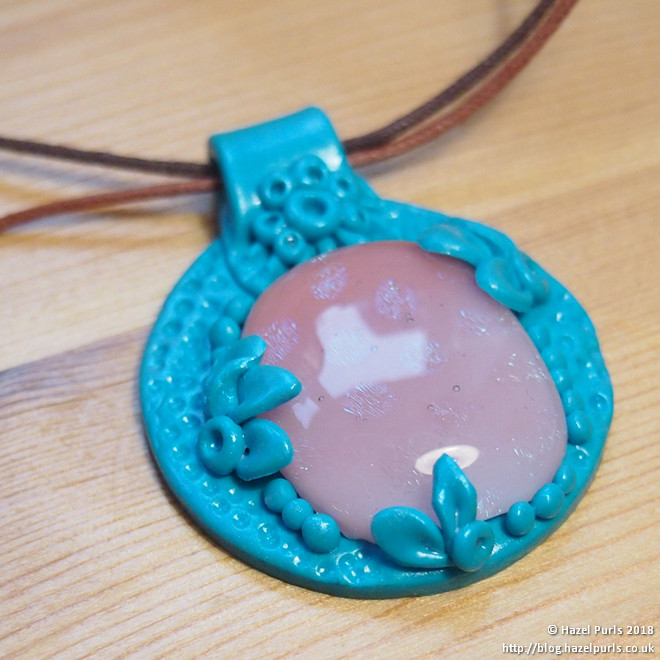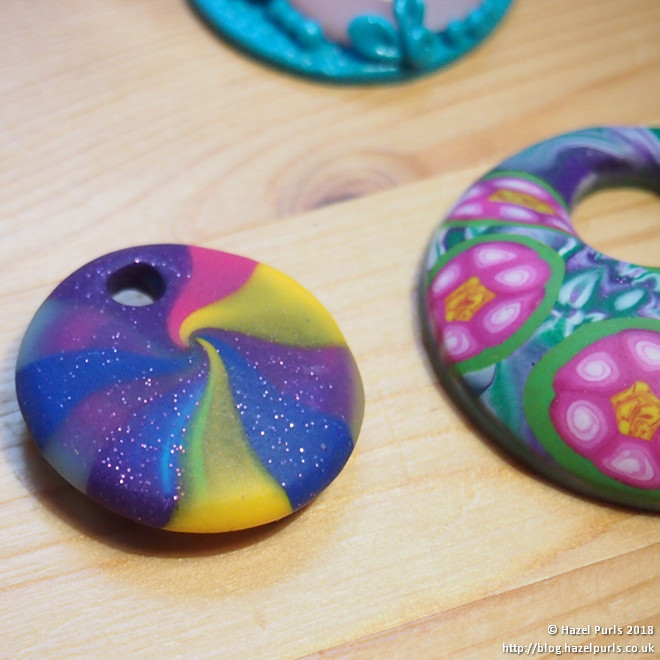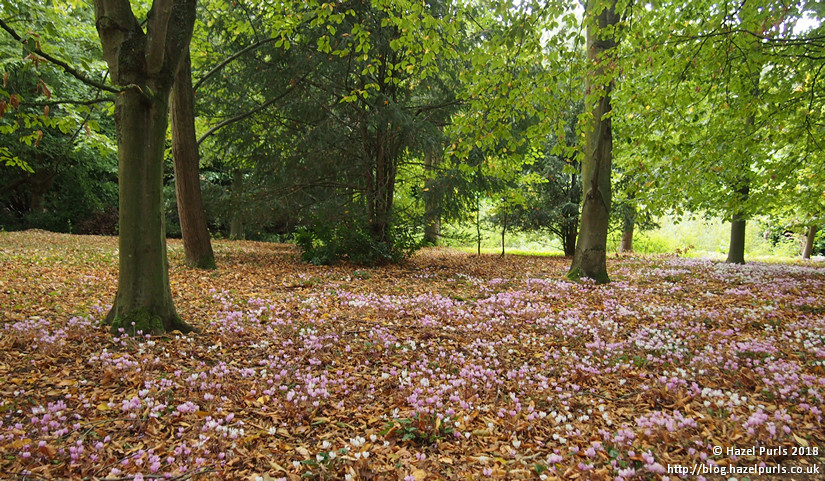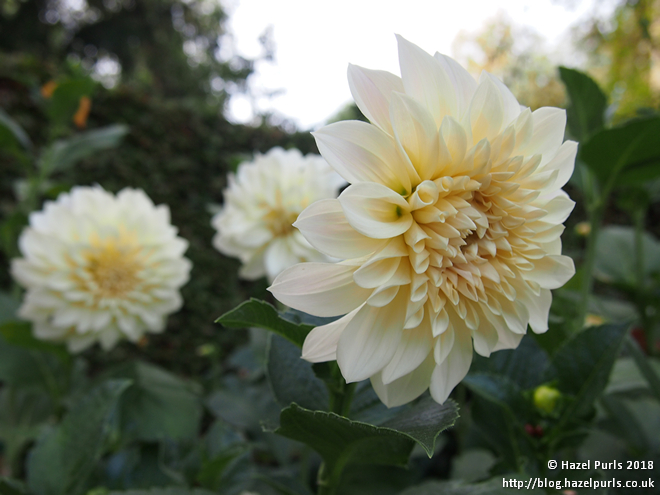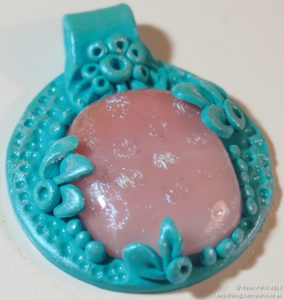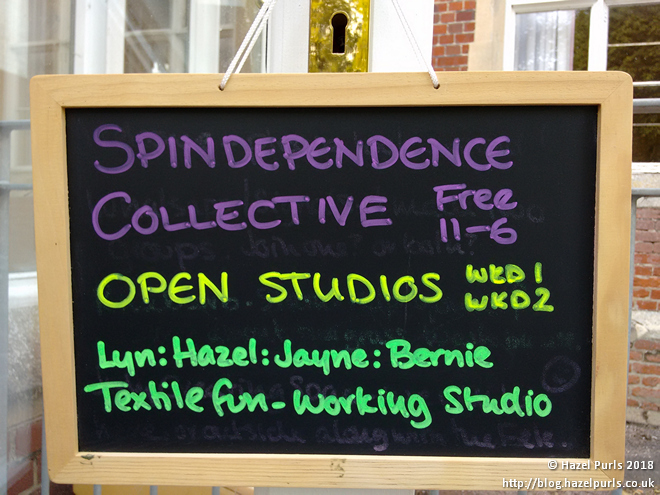I emerge from my winter doldrums when the weather improves. This year has taken until May to really start to feel better (at times March and April have felt more like November – I was tempted to post the poem No! by Thomas Hood on social media at one point). However, things are now starting to look up and I’ve finally had some energy, and some dry weather, to tackle jobs in the garden.
Saturday I popped out to do an hour while my daughter was taking part in an online D&D session (I highly recommend Lord Foxley for children to learn and take part in D&D online). 4 hours later I’d tidied part of the patio and some other bits of the garden, potted up some mint and filled two large containers with dahlia tubers (3 in each) I’d bought in March. I still have 4 dahlias to find pots for. I started to dig out the fig from a pot (the fig having expired last summer), but, just as I was trying to remove it from the pot I noticed some small shoots below soil level! I swiftly popped it back, patted it down, gave it a nice top dressing, water, and an apology! Fingers crossed for a recovery!
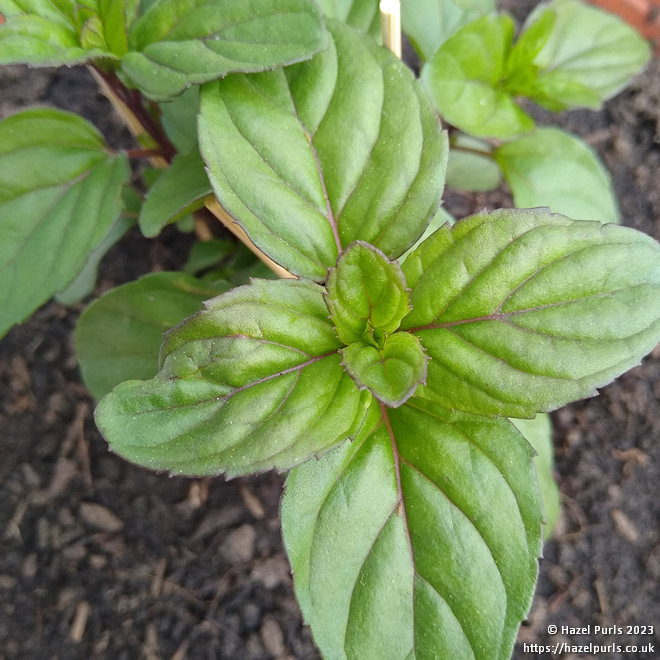
Today I cleared out one of my largest pots (the acer it contained didn’t like a baking south facing patio and has slowly diminished and died – but the pot was too big to manhandle to a better location). It now contains a rose that has survived on my patio for a couple of years in a probably too small pot (it even survived last summer’s intense heat and drought). So I think it should do well.
There’s not currently a lot flowering in the back garden at the moment (the baking summer and then very cold December and cold string have made things a little tricky). However, some red valerian appeared last summer, self sown into the gravel at the edge of the patio. It grows everywhere locally – but this is the first time I’ve got it into my garden. It’s looking quite pretty behind the pots.
